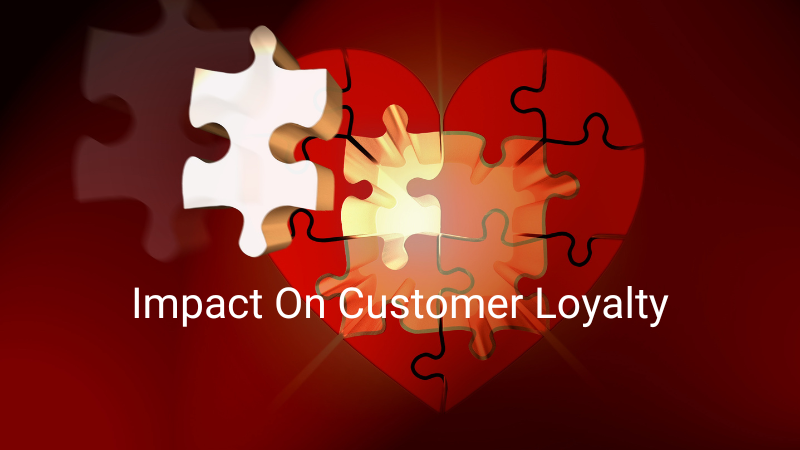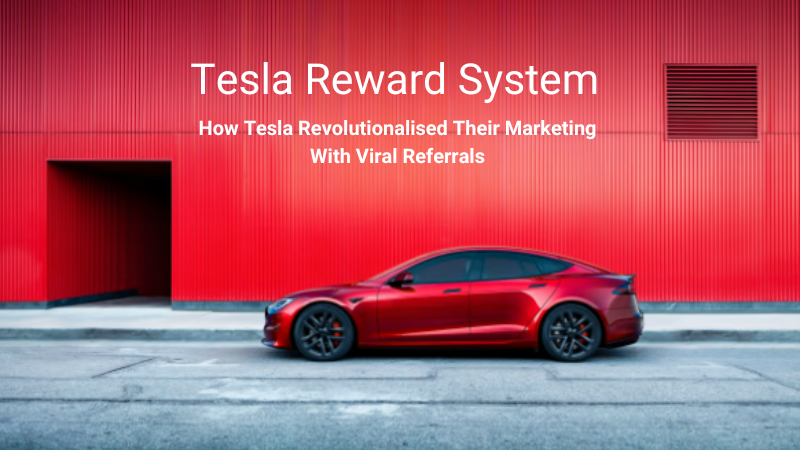Introduction:
Tesla’s reward system isn’t just a marketing strategy—it’s a blueprint for turning customers into passionate brand advocates. By reimagining the traditional referral program, Tesla created a viral marketing machine that generates millions in sales without spending a dime on advertising.
Key Takeaways
- Tesla’s reward system turned customers into brand advocates
- Unique, experiential rewards trump traditional cash incentives
- Community and exclusivity drive more engagement than monetary benefits
- Referral programs can generate significant sales with minimal investment
Table of Contents
- Introduction
- Key Strategies of Tesla’s Reward System
- Impact on Customer Loyalty
- Measuring Program Success
- FAQ’s
- Final Thoughts
Key Strategies of Tesla’s Reward System
Tesla’s referral program stood out through several innovative approaches:
- Aspirational Rewards: Instead of mundane cash incentives, Tesla offered unique experiences like:
- Factory tour invitations
- Grand opening events
- Chance to have a photo launched into space
- Gamified Engagement: The Tesla reward system implemented a tiered structure that:
- Created friendly competition among referrers
- Encouraged ongoing participation
- Provided increasingly exciting rewards
- Ecosystem Integration: The program was seamlessly built into the Tesla app and website, making it incredibly easy for customers to:
- Access unique referral links
- Track their referral progress
- Feel deeply connected to the brand
Impact on Customer Loyalty
The Tesla reward system transformed customers from passive buyers to active brand ambassadors.

Key loyalty impacts included:
- Community Building: Creating an elite, tight-knit group of Tesla enthusiasts
- Enhanced Engagement: Offering money-can’t-buy experiences and exclusive merchandise
- Long-term Value: Referred customers showed a 25% higher lifetime value
- Authentic Advocacy: Leveraging genuine customer excitement over traditional advertising
Measuring Program Success
Tesla tracked the reward system’s performance through critical metrics:
- ROI Triumph: 40x return on investment
- Sales Generation: One top referrer generated $16 million in just two months
- Referral Volume: A single enthusiast generated 1,265 referrals worth $44 million
- Zero Advertising Budget: Proving the power of customer-driven marketing
FAQ’s
How did Tesla’s referral program work?
Research indicates that attending 2-3 quality business networking events monthly provides optimal results. This frequency allows for meaningful follow-up while maintaining regular presence in your business community. Quality supersedes quantity – focus on events aligned with your industry and goals.
What made Tesla’s reward system unique?
Tesla’s reward system differed from traditional referral programs by focusing on experiential and aspirational rewards instead of direct financial incentives. Unlike typical cash-back programs, Tesla offered unique experiences like factory tours, exclusive event invitations, limited-edition merchandise, and even the extraordinary opportunity to have a customer’s photo launched into space. The program was designed to create a sense of community and exclusivity, transforming customers into passionate brand advocates who felt more like members of an elite group than simple consumers.
How successful was the program?
The program was remarkably successful, generating a 40x return on investment. Some standout achievements include a top referrer generating $16 million in sales within just two months, and another Tesla enthusiast creating 1,265 successful referrals worth over $44 million. The program operated without a traditional advertising budget, proving that customer-driven marketing could be incredibly effective. Additionally, referred customers demonstrated a 25% higher lifetime value compared to non-referred customers, creating a self-sustaining cycle of brand loyalty and sales generation.
Final Thoughts
Tesla’s reward system represents more than a marketing strategy—it’s a radical reimagining of customer engagement. By transforming satisfied customers into passionate advocates, the company created a self-sustaining ecosystem of brand loyalty. Traditional marketing relies on expensive advertising and impersonal campaigns, but Tesla proved that genuine human connections are the most powerful marketing tool.
The program’s success lies in its ability to make customers feel special, valued, and part of something extraordinary. Instead of treating referrals as transactional interactions, Tesla turned them into shared experiences that transcend typical business-customer relationships. This approach not only drove sales but also built a global community of brand enthusiasts who genuinely believe in the company’s mission.
Ultimately, Tesla’s reward system demonstrates that in the age of digital marketing, authenticity, exclusivity, and community can be more compelling than any paid advertisement. By putting customers at the center of their growth strategy, Tesla didn’t just sell electric vehicles—they created a movement.
Speak soon
Len
- Standard Operating Procedures: Your Ultimate Guide to Streamlining Business Efficiency - September 5, 2025
- Brutal Truth: Your Customer Perception Is Sabotaging Your Success (Here’s The Proof) - July 25, 2025
- The Counter-Intuitive Customer-Centric Culture Strategy That Changes Everything - July 11, 2025
